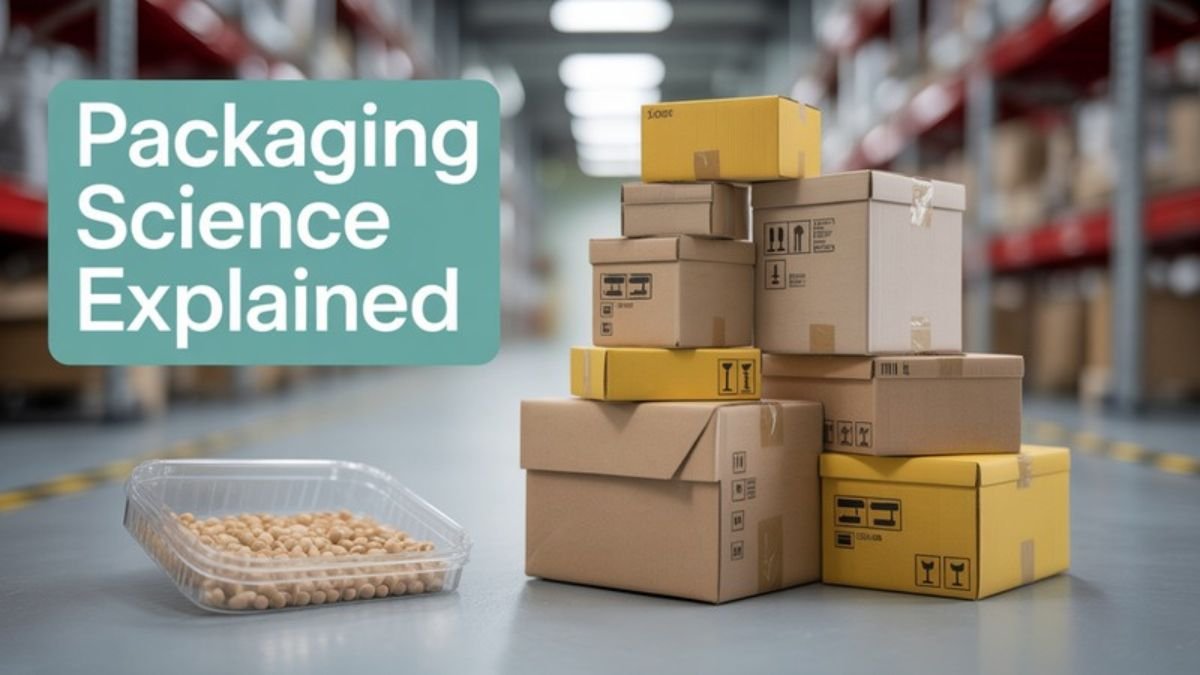Packaging is an imperium of modern life. And indeed, so good an imperial thing that it reaches back far into the mists of time. From groceries to online food deliveries to medicines, various types of packaging materials envelop us. Main purposes of packaging confine themselves-to protect a product while in transport and storage and increased shelf life.
On the one hand, packaging seems to make life easier for the consumers but at the same time brings some cost to the environment. Specially those plastic packages are releasing toxins and land up mostly in landfills polluting marine life, but have so many other problems: so, when we talk about “sustainable packaging”, oh that conversation couldn’t be more timely.
What is Sustainable Packaging?
Sustainable packaging materials are reusable or biodegradable or recyclable: a major environmental threat. Packaging environment protection is done mostly in the phases that are found in production, the usage, and the disposal of the package.
These are mostly biopolymers, recycled paper, glass metals, and biodegradable plastics, it could be stated to be the main composites involved with sustainable packaging.
Types of Packaging Materials
Plastic
Almost every possible sector uses plastic packaging today ranging from food to medicines, cosmetics to electronics. The major reasons for usages of plastic packaging are light weight, low cost, flexibility, and easy availability in many colors and shapes. But this same plastic, once discarded, does not biodegrade in the environment and poses a threat to earth, water, and animals.
Thus biodegradable plastic made from natural constituents such as starch, corn, algae, or biobased polymers is being promoted as an alternative.
Paper and Paperboard
Compared to these materials still, from an environmental perspective, these are better. They can be easily recycled and they are biodegradable. Their main disadvantages include low water resistance and a laminated structure with layers of plastic or aluminum to enhance this. These are mainly good for secondary packaging of food items, gifts, and medicines.
Glass
It is a nonreactive material that can be reused and recycled. Glass maintains safety and quality in food and pharmaceuticals applications; it is, however, relatively heavier and requires careful handling.
Metal
Lightweight and fully recyclable, aluminum is used in spray or juice containers; tin and steel are also widely employed in packages. Ultimately, if metals are not properly coated, they will leach into food from the packaging causing detrimental health effects.
Why Sustainable Packaging Is Needed
As per Global Data, nearly 50% of the plastic waste in the world is because of plastic packaging, while only 2% of that really gets recycled. The rest mostly ends up, burnt or dumped in landfills, or even worse – thrown into water bodies. The environmental havoc, along with dying aquatic life and much more, and the well-being of humans affected by the same requirement for:
- Creating an environment where people feel recycling and reuse is second nature
- Using biodegradable materials
- Making consumers aware
- Government intervention in packaging standardization
In Which Sectors Are Packaging Materials Used?
Food Industry
Special types of packaging are made to guard the safety of food items and make them last long in storage. Such safety is supported by biopolymers and paper with food-grade coating.
Cosmetics
These cosmetic products are effectively protected against moisture, chemicals, and bacteria with glass or recyclable plastics.
Pharmaceuticals
Medicines are packed using special airtight high-grade packaging against moisture, oxygen, and light; glass, HDPE plastic, and coated paper are the main packaging materials.
Meat, Poultry, and Seafood
Microbial growth prevention and odor protection are the most crucial aspects by which these products bring special meaning into packaging. Among this sector, the development of biodegradable packaging with more acceptance is also taking place together with polylactic acid (PLA) coating.
Steps to adopt sustainable packaging
- Education and awareness: The public need to understand the importance of conscious selection of sustainably-packaged products.
- Research and innovation: Find new biodegradable options to the extent they are made strong and durable.
- Government regulations: Governments should put pressure on companies to make eco-friendly packaging.
- Corporate behaviour: Product-filling companies are advised to head towards recyclable, biodegradable, and cost-effective packaging.
Conclusion
It may have been the erstwhile times when packaging merely meant maintenance and protection of the contents therein; it is today a necessity in modern life, having by increased use built the environment to the most serious crisis. Surely this is the time we must move towards sustainable packaging. Such alternatives as recyclable, biodegradable, or biopolymer, etc. have an important part to play in environmental conservation. Whether individual, institutional, or industrial scale should take up sustainable packaging or not; then may the environment not be saved, but at least a clean and healthy earth could be ensured for the coming generation.
